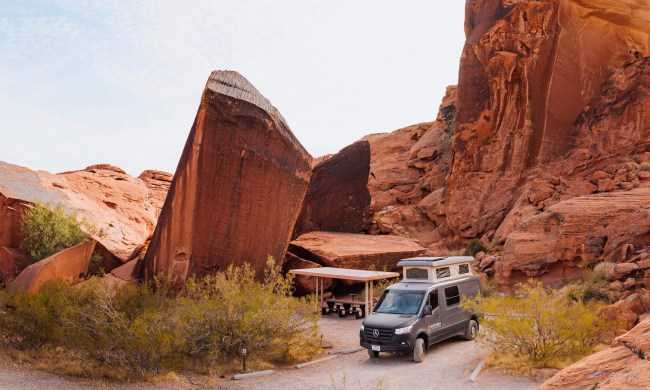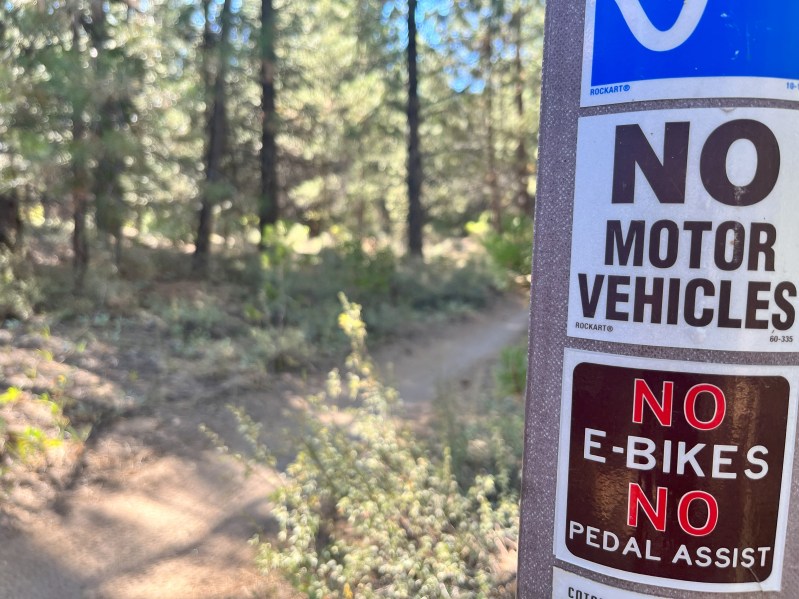
There is really one more type of mountain bike that should be added to the list of mountain bike categories that make up the sport. Electric mountain bikes have broken onto the scene and have rapidly grown in popularity.
One look at these electric mountain bikes, especially if you look at the suspension travel numbers, would have you thinking that they fall into the “trail” or “enduro” mountain bike category. And while these bikes do look similar, the pedal assist of an electric mountain bike means that long cross-country rides aren’t out of the question.
So, if we can really get one bike to rule them all, why not buy a mountain bike that helps you get up the hill? Why not join the many trading in “acoustic” mountain bikes for pedal-assisted electric mountain bikes? Well, you may find that your riding is a bit limited.
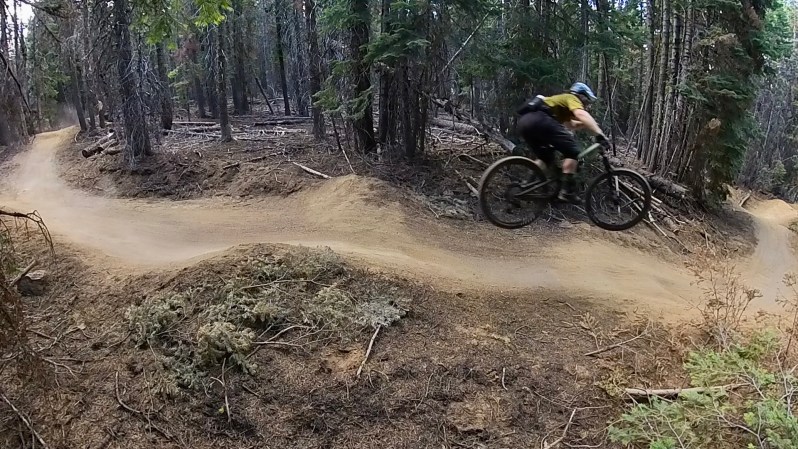
The history of electric mountain bikes
People have been cruising around on electric bicycles for quite a while now. But it is important to distinguish what kind of bikes we are talking about. Although many electric bikes may have some sort of suspension and aggressive tires, they are primarily made for cruising the streets. These differ from the purpose-built, electric mountain bikes I address in this article.
With the growing popularity of mountain biking, it only makes sense that mountain bike manufacturers have progressed into making electric mountain bikes. These bikes have been popping up for at least a decade now, but we’ve really seen electric mountain bikes come onto the scene in the last five years or so.
And so began one of the biggest divides mountain biking has seen. Many mountain bikers thought of themselves as “purists.” Their bike was considered simplistic art that didn’t need to be muddled up with the complexity of motors. If you want a motor so bad, just start riding dirt bikes.
The addition of a motor added weight to the bike. Electric mountain bikes could weigh 15-20 pounds more than their nonmotorized counterparts. Motors and weight led to the belief that electric mountain bikes would destroy trails.
On the other side, those who were pro electric mountain bikes pointed out that the motor was simply a pedal assist, not a throttle. The bike’s extra weight was accurate but isn’t really a factor due to bike weight not being the only thing to consider. A 200-pound rider on a 30-pound mountain bike has a bigger trail impact than a 150-pound rider on a 50-pound electric mountain bike.
Over time, more and more mountain bikers began to accept that electric mountain bikes were here to stay. Electric mountain bikes grew in popularity, becoming more efficient and, in some cases, lighter.
Now, it seems every major mountain bike manufacturer has their own electric version of a popular bike. Bikes like the Canyon Spectral CF 8 have electric siblings. The bike looks pretty similar but with bigger down tubes to house batteries and a motor.
Today, electric bikes are categorized into three classes. Class 1 are bikes with pedal assist only, no throttle, going up to 20 mph. Class 3 electric bikes are also pedal assist only but go up to 28 mph. This is typically achieved through a larger motor.
Class 1 and 3 are the categories most electric mountain bikes fall under, with the lion’s share being class 1. Class 2 electric bikes do use a throttle. You often see people commuting on and using these bikes around town.
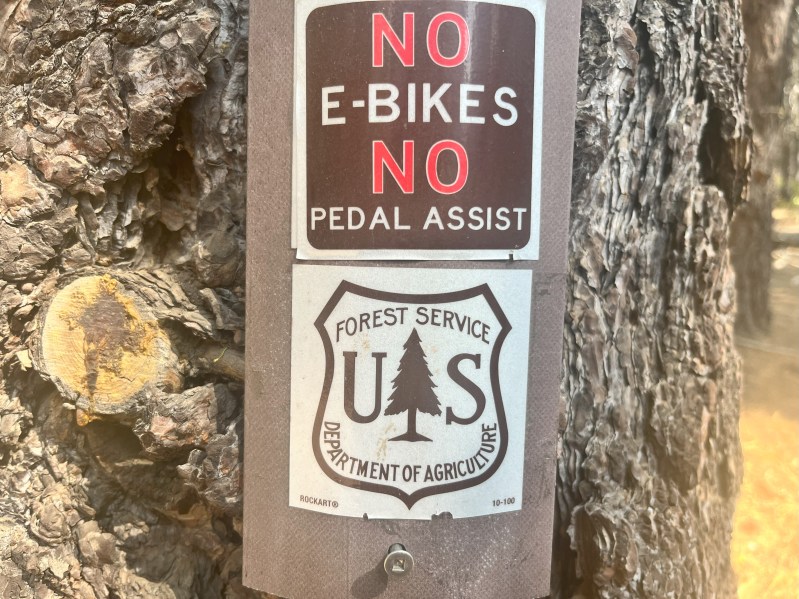
Electric mountain bikes on your trails
So, with tensions around electric mountain bikes becoming less and less in the past few years, why not buy one? Doesn’t a little extra help on the pedal up the hill sound like a good thing?
Any help pedaling your mountain bike uphill is a good thing. However, you may not have the opportunity for laps and laps due to the land your local trails are on. Let me explain.
For many of us, going on a mountain bike ride entails loading our bikes in a vehicle and driving out to the forest. You may not notice it, but you likely passed a sign or two saying that you are entering national forests — public lands, where the trails can be plentiful, and the dispersed camping is free.
Public lands are where quite a few mountain bike trails are located. These lands are usually managed by the Forest Service or the Bureau of Land Management (BLM). These federal agencies distinguish their off-road access as “motorized” and “nonmotorized.” As you may have guessed, mountain bike trails are categorized as nonmotorized.
While electric mountain bikes definitely aren’t motorcycles, they technically have a motor. This means they are a no-go on mountain biking trails. With many of our mountain biking trails falling on public land like this, you may want to reconsider before swiping that credit card.
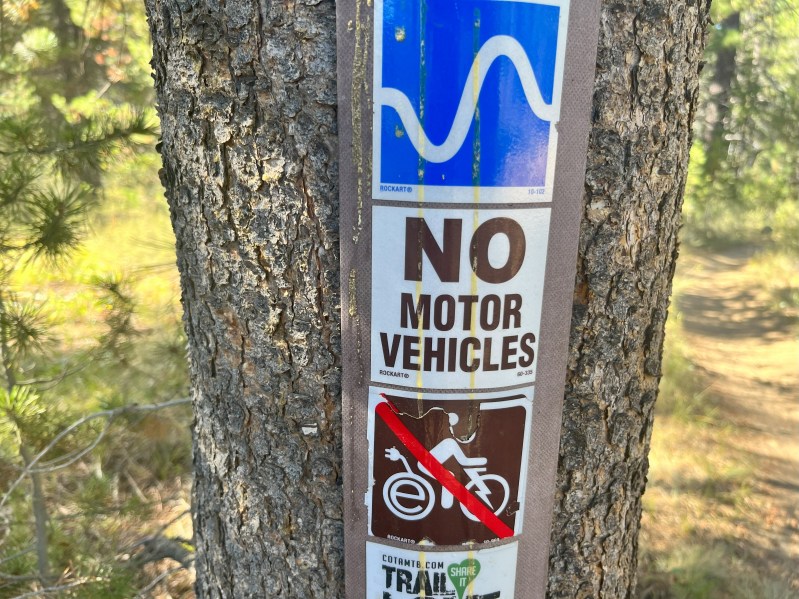
Where can I ride an electric mountain bike?
Reading the fine print can be beneficial. A friend recently asked me about a specific state park with camping and mountain bike trails. I previously told him that the trails were closed to electric mountain bikes. His rebuttal was sending a screenshot of the state park’s home page that said the opposite.
Well, reading into it a bit more confirmed what I already believed. The park’s “allowance” of electric bikes was limited to roadways and “trails” at least 8 feet wide. That’s a dirt road, not a trail.
Mountain bike trails that are on private land are your best bet. The decision is ultimately the land owners, and a land owner can be persuaded a bit easier than the federal government. Usually, private land requires signing a waiver and sometimes a fee to ride, so be prepared for that.
Some lift-access mountain bike parks allow electric mountain bikes, as they are almost always privately owned. However, it is best to call before you go. Some parks have turned electric mountain bikes away due to their weight. I guess they don’t want their lift operators hurting their backs.
Making a phone call or two is always the best option before you ride your electric mountain bike somewhere. But you may want to back things up and make a few calls before deciding to purchase. How many trails in your area are open to electric mountain bikes? If it is a low answer, it could just be a big waste of money.


